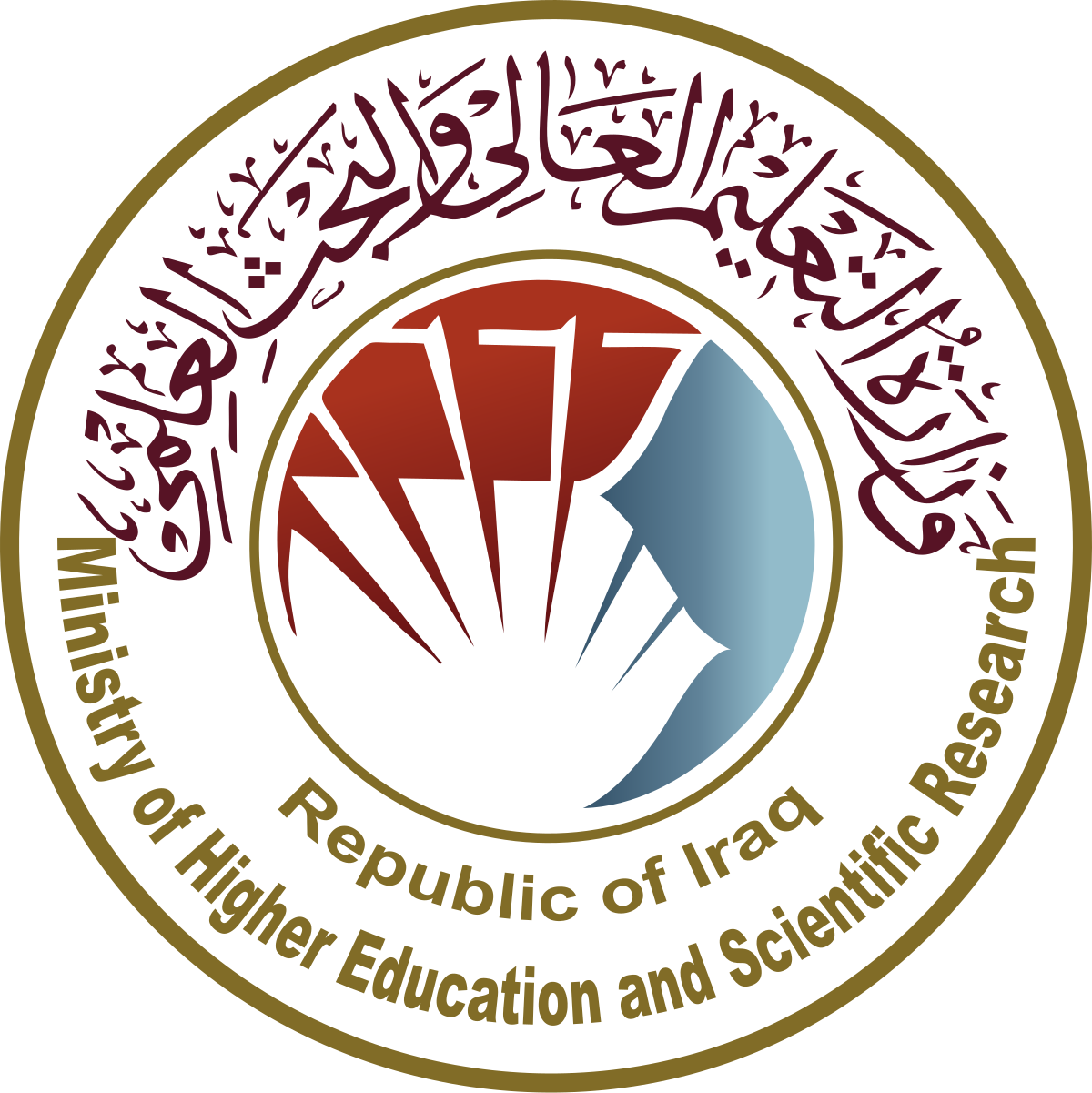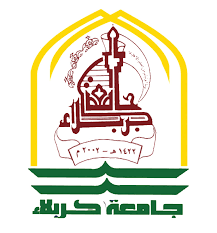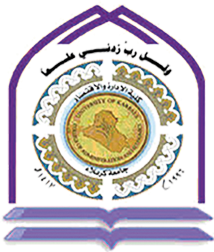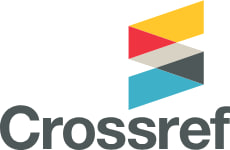Strategic thinking and its impact on creative performance
An exploratory study of the opinions of a sample of officers and employees of the Department of Unified National Card Affairs in the holy Karbala
Keywords:
strategic thinking, creative performanceAbstract
The aim of the research is to know the extent to which the dimensions of the independent variable can affect the strategic thinking represented by (strategic intent, time thinking, directed hypotheses, opportunity thinking and organizational thinking) and the dependent variable creative performance in its dimensions represented (flexibility, fluency, originality and a sense of problems) in the decisions of officers and employees of the Affairs Department The unified national card in the holy Karbala, which was searched.
The research relied on the exploratory descriptive approach in collecting, analyzing, and interpreting its data. The questionnaire was adopted as a main tool in collecting data from a sample of (70) employees from the researched section, in addition to conducting personal interviews for a number of officers of the rank of major and above and the directors of departments and divisions. A set of methods were used. The statistic that helped in analyzing the research evidence and testing its hypotheses represented by statistical tools (including iterations, Boxplot method, Kurtosis and Skewness) to validate the natural distribution of data, confirmatory factor analysis, Alpha Kornbach coefficient, arithmetic averages and standard deviations Pearson Correlation, R2, and T Tests, based on Turnkey Statistical Programs (SPSS.V. 23).
The research reached a set of conclusions, the most important of which is the high awareness of the current research variables by the research sample organization, upgrading the organization and accessing prominent competitive centers and creating guidance systems that are employed through training programs that develop and establish in the minds of leaders and human resources the nature of the interactive relationship between the variable of strategic thinking and its use to build creative performance For individuals, the research concluded with a set of recommendations that contribute to clarifying the relationship between research variables and its dimensions and setting means and mechanisms that can be applied to the reality of the researched organization and spreading a culture of strategic thinking in all the joints and sections of the subject System.
References
يونس، طارق شريف، (2002) الفكر الستراتجي للقادة، المنظمة العربية للتنمية الإدارية، جامعة الدول العربية، القاهرة، مصر.
ب - المجلات الدوريات المؤتمرات :
قويع خيرة، ودباحي يمينة، وسليمان عائشة، (2018). الابداع التنظيمي كمدخل لتحقيق ميزة تنافسية للمؤسسة، دراسة حالة مؤسسة المطاحن الكبرى للظهرة مستغانم.
ت- الرسائل والاطاريح الجامعية:
العبيدي، ارادن حاتم خضير، ((2010 تقانة المعلومات والتفكير الستراتجي وتأثيرهما في استراتيجية الابداع التنظيمي، دراسة تطبيقية في كليات الجامعة المستنصرية، أطروحة دكتوراه غير منشورة، فلسفة في الدراسات المستقبلية، كلية الإدارة والاقتصاد الجامعة المستنصرية، بغداد.
A- Books
El Namaki, M. S. S. (2014). Strategic Thinking for Turbulent Times. Springer.
Dewberry, C. (Statistical Methods for Organizational Research:Theory and practice) First published, Published in the Taylor & Franci, 2004.
Saunders, M., Lewis, P., & Thornhill, A. (2009). Research methods for business students. Essex. Financial Times/Prentice Hall.
Hair, J, Huult, T, Ringle, C, and Sarstedt, M. (2017). A primer on partial least squares structural equation modeling (PLS-SEM). Los angeles: Sage.
B- Journals&periodicals&researchas
Liedtka, J. M. (1998). Strategic thinking: can it be taught?. Long range planning
Baloch, Q. B., & Inam, M. (2007). Strategic thinking: Catalyst to competitive advantage. Journal of Managerial Sciences.
Taylor, A. S. (2015). Transformational leadership, diversity, and creativity at work: A moderated mediation model
Alatailat, M., Elrehail, H., & Emeagwali, O. L. (2019). High performance work practices, organizational performance and strategic thinking. International Journal of Organizational Analysis.
Dhir, S., Dhir, S., & Samanta, P. (2018). Defining and developing a scale to measure strategic thinking. Foresight.
Nickols, F. (2016). Strategy, strategic management, strategic planning and strategic thinking. Management Journal.
Lee, H. W., & Yu, C. F. (2010). Effect of relationship style on innovation performance. African Journal of Business Management.
Salamzadeh, Y., Bidaki, V. Z., & Vahidi, T. (2018). Strategic Thinking and Organizational Success: Perceptions from Management Graduates and Students. Global Business & Management Research.
Peleckis, K. (2015). Strategic management schools and business negotiation strategy of company operations. Ekonomia i Zarządzanie.
Ershadi, M. J., & Dehdazzi, R. E. (2019). Investigating the role of strategic thinking in establishing organizational excellence model. The TQM Journal.
Goldman, E. F., Schlumpf, K. S., & Scott, A. R. (2017). Combining practice and theory to assess strategic thinking. Journal of Strategy and Management.
Kollmann,t,stockman,c,krell,peschl,A&Buchwald,S.(2013).lntegratlng dependency on the leader and empowerment lnto transformatlonal leadershlp creatlve performance relatlonshlp . central European Business review.
Suifan, T. S., & Al-Janini, M. (2017). The relationship between transformational leadership and employees’ creativity in the Jordanian Banking Sector. International Review of Management and Marketing.
Jaiswal, N. K., & Dhar, R. L. (2015). Transformational leadership, innovation climate, creative self-efficacy and employee creativity: A multilevel study. International Journal of Hospitality Management.
Amjed, A., & Tirmzi, S. H. S. (2016). Effect of humor on employee creativity with moderating role of transformational leadership behavior. Journal of Economics, Business and Management.
Yeh, S. S., & Huan, T. C. (2017). Assessing the impact of work environment factors on employee creative performance of fine-dining restaurants. Tourism Management.
Sharifirad, M. S. (2016). Can incivility impair team’s creative performance through paralyzing employee’s knowledge sharing? A multi-level approach. Leadership & organization development journal.
Boselie, P. (2010). High performance work practices in the health care sector: a Dutch case study. International Journal of Manpower.
Purnomo, B. R. (2019). Artistic orientation, financial literacy and entrepreneurial performance. Journal of Enterprising Communities: People and Places in the Global Economy.
Zubair, A., & Kamal, A. (2017). Perceived Authentic Leadership, Psychological Capital, and creative work behavior in bank employees. Pakistan Journal of Psychological Research.
Petraite, M. (2014). Organizing and Monitoring Innovation: linking Processes, Design, and Strategy. In ISPIM Conference Proceedings (p. 1). The International Society for Professional Innovation Management (ISPIM).
Johannessen, J. A., & Skaalsvik, H. (2015). The development of innovations in organizations: The role of creative energy fields. Kybernetes.
Yazgan-Sag, G., & Emre-Akdogan, E. (2016). Creativity from two perspectives: Prospective mathematics teachers and mathematician. Australian Journal of Teacher Education (Online).
Awang, H., & Ramly, I. (2008). Creative thinking skill approach through problem-based learning: Pedagogy and practice in the engineering classroom. International journal of human and social sciences.
Rego, A., Sousa, F., Marques, C., & e Cunha, M. P. (2012). Authentic leadership promoting employees' psychological capital and creativity. Journal of business research.
Shujahat, M., Hussain, S., Javed, S., Malik, M. I., Thurasamy, R., & Ali, J. (2017). Strategic management model with lens of knowledge management and competitive intelligence. VINE Journal of Information and Knowledge Management Systems.
Avey, J. B., Luthans, F., Hannah, S. T., Sweetman, D., & Peterson, C. (2012). Impact of employees' character strengths of wisdom on stress and creative performance. Human Resource Management Journal.
Wu, Y. L., Li, E. Y., & Chang, W. L. (2016). Nurturing user creative performance in social media networks. Internet Research.
Song, J., Wu, J., & Gu, J. (2017). Voice behavior and creative performance moderated by stressors. Journal of Managerial Psychology.
Patterson, M., Warr, P., & West, M. (2004). Organizational climate and company productivity: The role of employee affect and employee level. Journal of occupational and organizational psychology.
Mylonas, N., & Petridou, E. (2018). Venture performance factors in creative industries: a sample of female entrepreneurs. Gender in Management: An International Journal.
Thundiyil, T. G., Chiaburu, D. S., Li, N., & Wagner, D. T. (2016). Joint effects of creative self-efficacy, positive and negative affect on creative performance. Chinese Management Studies.
Henseler, J, Hubona, G and Ray, P.A.(2016). Using PLS path modeling in new technology research: updated guidelines. Industrial management and data system.
C-Theses and dissertatiom
Penney, G. (2010). Executive Fire Officers' strategic thinking capabilities and their relationship with information and communication technology (Doctoral dissertation, Florida Atlantic University).
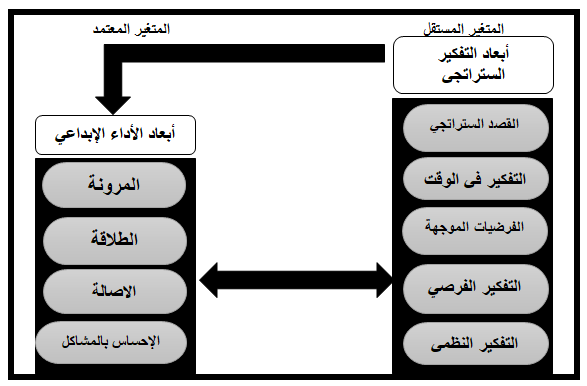
Downloads
Published
How to Cite
Issue
Section
License
Copyright (c) 2024 Economics and Administration College - Karbala University

This work is licensed under a Creative Commons Attribution-NonCommercial-NoDerivatives 4.0 International License.
Authors retain the copyright of their papers without restrictions.




